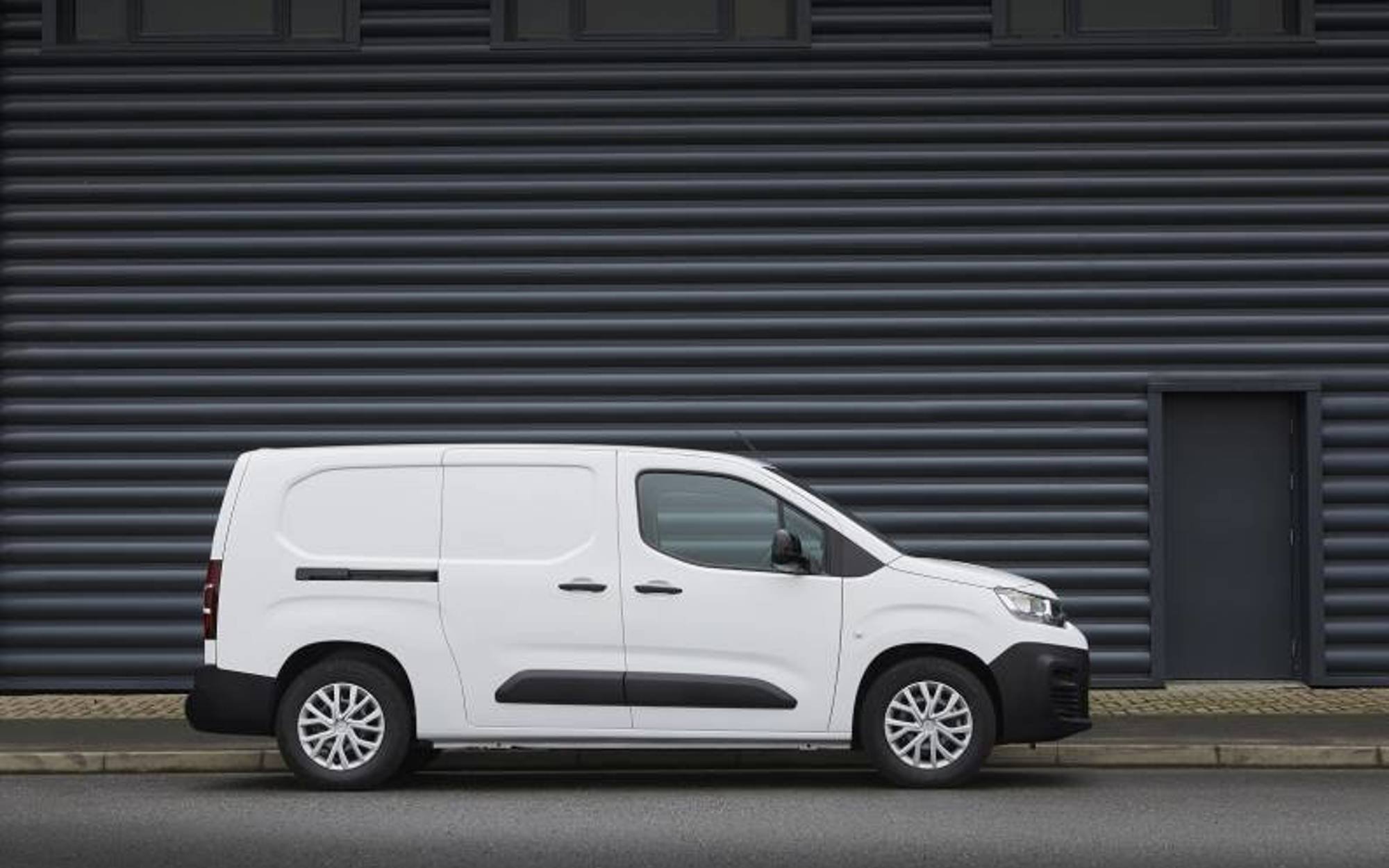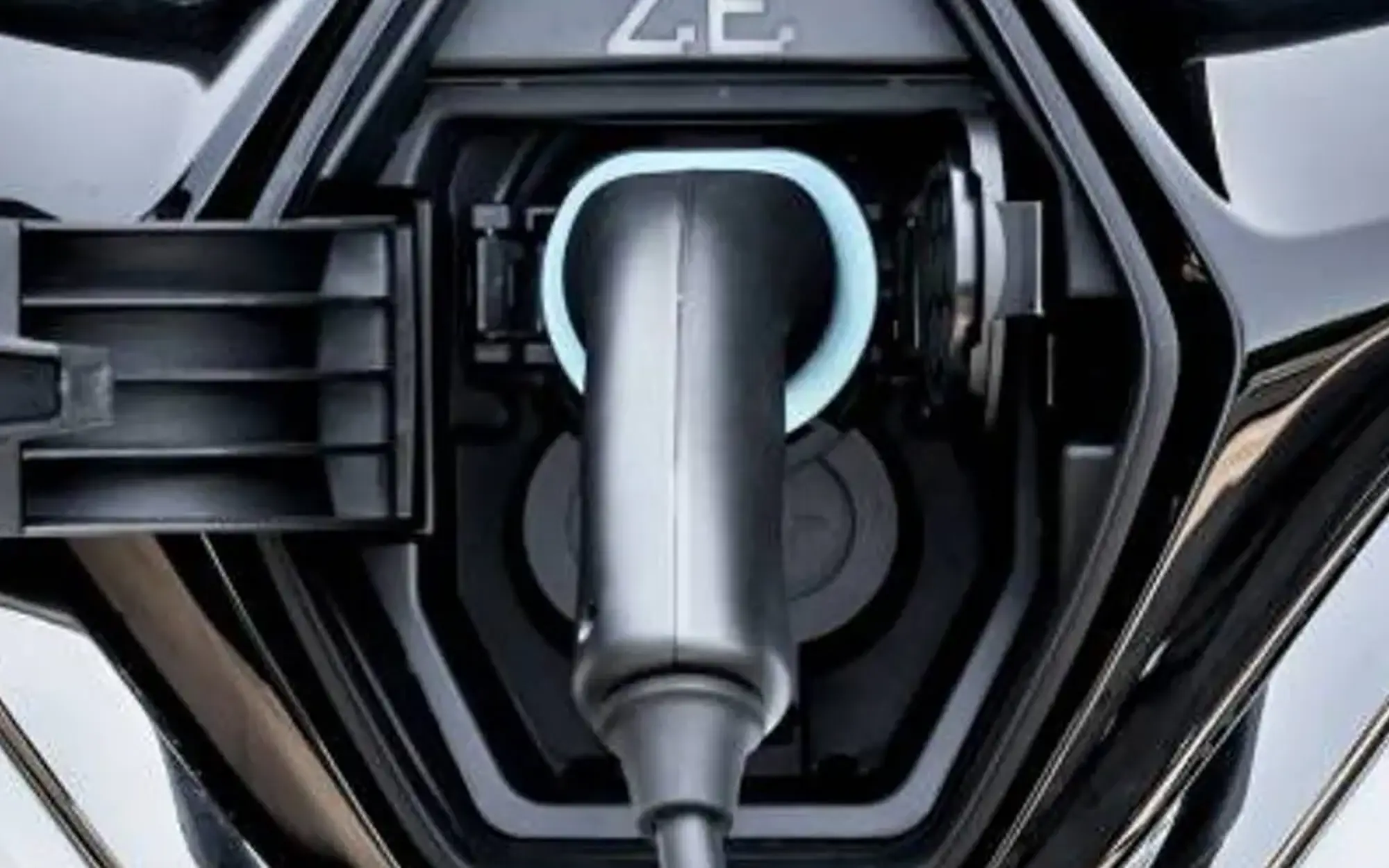
Renault ZOE Van E-Tech electric review
Renault's ZOE van is a small LCV with a long driving range from a full electric powertrain.
Renault's ZOE van is a small LCV with a long driving range from a full electric powertrain. It's the kind of urban delivery vehicle we ought to be seeing more of by now, but for the time being, it's the only one of its kind.
Background
Electric vans are generally large and their operating ranges are generally small. Enter Renault with an LCV that shows others how it should be done. As it happens, the ZOE Van is amongst the smallest commercial vehicles on the market - and certainly the smallest electric one. Yet it can go up to 245 miles between charges - around twice as far as most large sector battery EVs.
You can't take much inside of course - this is basically just a version of the ZOE supermini with the rear seat taken out. But if you're urban-based - say a courier or a flower seller - and want this vehicle for small short hop deliveries, that might not matter. Let's take a look at what's on offer here.
Driving Experience
There's enough zip here to get you quickly around town. Despite the fact that the ZOE Van uses the older 80kW R110 motor that used to be used in all versions of the ordinary hatch (and still continues in baseline variants): rather than the latest top ZOE supermini's improved 100kW R135 electric motor. Still, the 107hp you get here is quite enough for town use. The 87mph top speed is inevitably a lot less impressive, but this Renault charges up towards it with a level of zeal that will decimate the WLTP-rated 245 mile driving range possible from the E.V.50 battery.
You can maximise frugality by regularly activating the provided Eco-meter (which restricts throttle output); and by selecting an extra 'B' setting now provided for the single-speed auto gearbox, which maximises regenerative energy harvesting, enhancing engine braking so much that you'll hardly ever need to use the brake. Refinement is superb; ride quality a little less so, though it does improve at highway speeds. Handling is geared to comfort and urban use; you won't want to be throwing this van around country lanes at higher speeds, despite the notably low centre of gravity enabled by its heavy battery.
Design and Build
You wouldn't immediately pigeonhole this as a van. The only real difference over the ZOE supermini is the opaque covering for the rear windows. Inside, it's exactly the same as you'd get in the ordinary small hatch version too. So there's a grippy three-spoke wheel, seat upholstery made from 100% recyclable material (apparently including old Renault seat belts) and a 10-inch TFT instrument binnacle screen. A further 7-inch 'EASYLINK' infotainment screen lies on the floating centre dash panel. Inevitably, because the battery pack is mounted beneath front and rear seats, you have to sit fairly high up in the car, which is why, unfortunately, it's still not possible to have a height-adjustable driver's seat. Still, the wheel has enough adjustment for reach and rake to ensure that most will be able to find an acceptable driving position. Nice touches include the beautifully finished gear shifter and the silver door pulls.
As for cabin storage, well this glovebox is, as usual with a French hatch, halved in size by the vehicle's fusebox but otherwise, there's a reasonable amount of space for your odds and ends. There's a cubby with a non-slip mat right above the glovebox, plus a big well at the bottom of the centre stack with twin USB ports, along with a 12v socket and an aux-in point. You get decently-sized door pockets and there's a small pair of cup holders behind the electronic handbrake. Renault has forgotten to include an overhead sunglasses compartment, but there's also a ticket clip in the driver's sun visor for your charging card.
Market and Model
You'll need to budget quite a lot more for a ZOE Van than you'd expect to need for an LCV of this size. The government provides a Plug-in grant of £2,500 towards purchase, but even with that subtracted, the entry-level 'Business'-spec model costs around £29,500 - or around £1,000 more in 'Rapid Charge' form. You're looking at around £32,000 for plusher 'Business+' trim.
Standard equipment across the range includes full-LED headlights with C-shaped daytime running lamps, auto headlamps and wipers, an alarm, a customisable 10-inch instrument binnacle display screen, climate control and a 7-inch EasyLink central infotainment display screen with Apple CarPlay and Android Auto. The 'Business+' version adds 16-inch alloy wheels, front fog lights, body-coloured door mirrors, smarter seat upholstery, a leather covering for the steering wheel, an auto dimming rear view mirror, navigation, rear parking sensors and an uprated 6-speaker audio set-up.
Practicalities and Costs
Not a huge amount's really different here over a ZOE supermini. Even the rear doors have been retained, though that's quite useful because it allows you to get to smaller forward items more easily. Not that there will be many of them to get to. There's just 0.51 cubic metres of load space and your payload will be limited to just 387kg. in the load area, you get a mesh bulkhead, four anchorage points, a protective rubber flooring mat, and rear lateral opaque windows for security.
We quoted the maximum range figure to you in our 'Driving' section - 245 miles, though that applies only to the base 'Business'-spec variant (it's 239 miles with the plusher 'Business+'-spec model). Those are official WLTP-rated figures. More real world ones will see range potentially dropping to as long as 150 miles on colder winter months. Charging to 100% from a 7kW (32A/230V) wallbox takes 9.25 hours; you can reduce that time to just three hours if you've access to a 22kW (32A/400v) public charging point.
A 3 year/100,000 mile warranty is provided, with no mileage limit for the first two years and roadside assistance for the entire duration. You also get a 3 year paintwork guarantee and a 12 year anti-corrosion warranty.
Summary
If you like the idea of a ZOE Van, you won't choose anything else because there's nothing else like it on the market. The only other straight supermini-derived van available these days is the combustion-engined Ford Fiesta Van and it's hard to see why you'd choose one of those over this Renault on the grounds of anything other than price.
Are there issues? Well, were a bit shocked by how much of the officially quoted range you'll actually get in winter conditions, but unless you're delivering between cities, that shouldn't matter too much. And obviously, compared to combustion tech, there's quite a premium to pay to get a full EV. But on the right deal with the right annual mileage savings, it could all add up. We hope it does. This is the future for small vans in our cities and it can't come soon enough.




